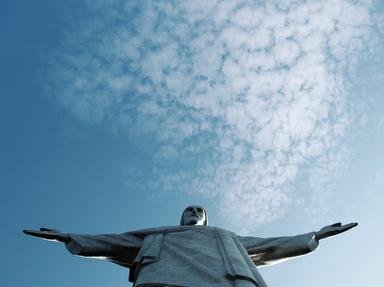
Those Captivating Chimú! Trivia Quiz
Fifty years before the Spanish arrived in South America, the Kingdom of Chimor was conquered. There were still, however, some survivors who told their story to European historians.
A matching quiz
by ponycargirl.
Estimated time: 3 mins.
- Home
- »
- Quizzes
- »
- History Trivia
- »
- Latin America
- »
- Peru